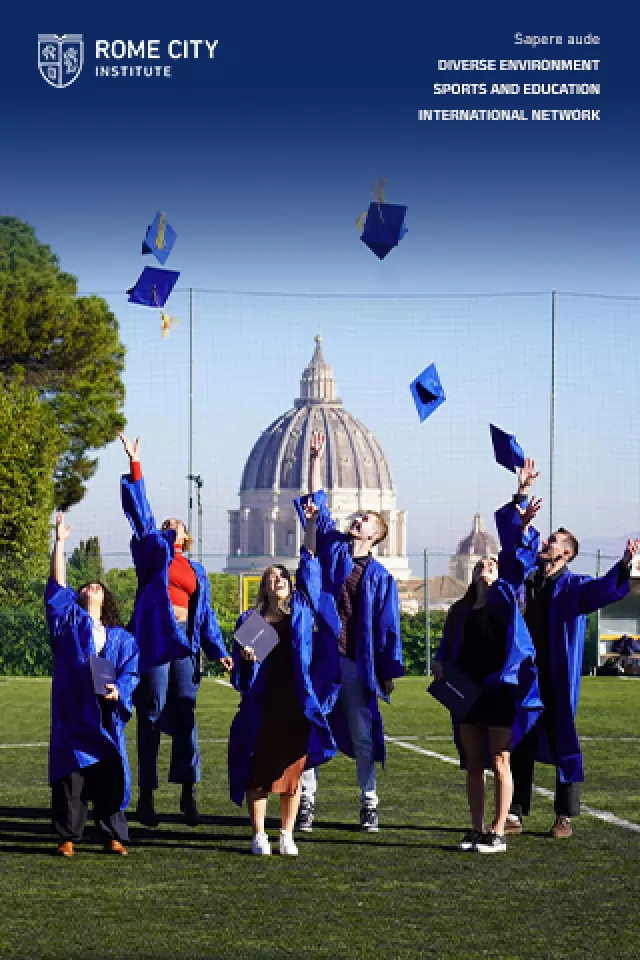Taking a look at the new music park
Walking into Romes new music park is like stepping into another world. The intensity of the colours, the polish of the finishings and the definition of the forms all combine to make you think that you have been transported into a computer rendering or into one of the plastic architects models that are on display to visitors.
However, the most striking thing about the new music park in the Flaminio-Parioli district north of the historic centre is the silence. Despite being hemmed in by the busy Viale Maresciallo Pilsudski on one side and by the even busier Corso Francia on the other, on a fine Sunday in mid-September you could hear a pin drop. The site has been totally isolated from Corso Francia and the nearby Stadio Flaminio, said Tiziana Clementi of Musica per Roma, the organisation that manages the site. The building that rings the auditorium has been specially designed to reflect all outside noise away from the music halls. You can only hear the passing traffic if you stand within 1.5 m of the edge of the roof garden, and a rock concert can be going on in the Flaminio stadium without disturbing what is going on here. Hopefully, the same will be true of noise from buses and cars on Via Pietro De Coubertin, which crosses the site, when this road is reopened to traffic once building has finished.
The 30,000 sqm auditorium, designed by Italian architect Renzo Piano, is the result of an international competition held by Rome city council in 1994. Building started in 1995, and the structure was originally scheduled for completion for the year 2000. However, the discovery of important archaeological remains dating back to the sixth century BC which were subsequently integrated into new plans and cost overruns led to delays, and today only the small and medium-sized halls, which seat 700 people and 1,200 people respectively, are in use. Builders are working round the clock Monday through Friday and on Saturday mornings to finish the largest hall, for 2,700 people, and despite problems caused by the unexpected heavy rainfall over the summer, construction is on course for the official opening in December. This hall will be the new home of the symphonic season of the Accademia Nazionale di S. Cecilia, which currently takes place in the concert hall on Via della Conciliazione near the Vatican.
On Saturday afternoons and Sundays, the cranes stop moving and the drills fall silent and the auditorium throws open its doors to the public. Visitors have free access to the cavea, or open-air theatre for 3,000 spectators, the foyer which, in addition to connecting the three music halls, will also house a small archaeological museum, a display of musical instruments belonging to the Accademia di S. Cecilia and temporary exhibitions and the extensive roof garden, with its variety of trees and seasonal plants. It is possible to visit the two finished music halls with an architect-guide for a small fee. You can also see the plans and models of the auditorium in the exhibition Architettura e Musica and follow the history of the site in the photographic exhibition Il cantiere e la sua storia, both on the ground floor of the north building. This will eventually house the administrative offices, a small shopping centre, a flower market and one of six planned restaurants on the site.
In the music halls, versatility is the rule of thumb. This is particularly true of the smallest hall, which has been designed to host a variety of events, from symphonic and chamber music to musical theatre, prose theatre, dance, conferences and film screenings. A flexible stage area and a specially designed support for the lighting allow for rapid changes, while the front three rows of seats can be removed to create an orchestra pit. The acoustics can be regulated using a system of adjustable wall panels and hangings. Experts who attended one of the concerts in early summer say that the acoustics are exceptional.
Flexibility is required not only to accommodate a varied artistic programme (the line-up this autumn ranges from choral works to orchestral concerts and recitals) but also to cater for uses that have little to do with music. One of the biggest challenges facing Musica per Roma is to ensure a sufficient turnover to meet the high running and maintenance costs (4,600 seats are a lot to fill on a regular basis). And while the auditorium is intended first and foremost as a space for music, the management also hopes to attract other events. The complex has already hosted numerous conferences, and it also provided the backdrop for the daytime fashion shows during the alta moda week in July.
While the management grapples with the question of how to fill seats, the architects are having to wrestle with another issue: water logging. The location of the site on low ground between two hills (Villa Glori and Parioli) and near to the river means that the water table is very close to the surface. The consequences of this are particularly evident in the archaeological area, which is the lowest point in the site (roughly corresponding to the level of the foundations). Here, the wall at the far end displays a dark stain along the bottom, while the ancient remains have had to be covered with a gravel-like substance to absorb excess moisture. This area must now be re-drained and isolated, along with other trouble spots. The heavy summer rainfall has also left water stains on external walls throughout the site.
Auditorium Parco della Musica, Via Pietro De Coubertin 15, tel. 0680692492. Sat 13.00-22.00, Sun 10.00-22.00. Guided tours are available; ask at the entrance. The exhibitions Architettura e Musica and Il cantiere e la sua storia run until 27 Oct 2002. For information e-mail: info@musicaperroma.it or log on to www.musicaperroma.it. There are covered parking facilities in Via G. Gaudini. To get to the auditorium by public transport take metro line A to Flaminio and then tram 225 to the top of Via Pietro De Coubertin; from here it is a five-minute walk to the entrance. See "Whats on" for music programme.
















